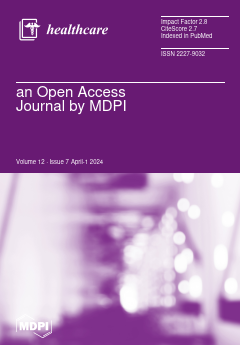Objectives and Aim: The primary aim of this study was to conduct a comparative analysis of the safety and efficacy of levetiracetam (LEV) and phenobarbital (PB) as first-line treatments for neonatal seizure management. This study was designed to measure and compare the incidence of adverse effects and to determine the discharge and mortality rates associated with the use of these antiseizure medications (ASMs). Through this comparison, this research sought to provide insights to optimise care for neonates experiencing seizures. Materials and Methods: This retrospective cohort study evaluated 104 neonates treated for seizures at Zeynep Kamil Hospital from 2015 to 2020 after excluding those on non-PB/LEV antiseizure medications. Seizures were characterised using electroencephalogram (EEG) and categorised according to aetiology and frequency. Treatment efficacy was gauged by seizure cessation, as confirmed using EEG. Adverse effects and demographic data were recorded. Statistical analyses were conducted using SPSS, employing the Shapiro–Wilk, independent
t-test, Mann–Whitney U test, and chi-square test, with a significance threshold of
p < 0.05. Results: Overall, 104 neonates treated with first-line ASM were evaluated for efficacy; PB was administered in 68.26% of the cases, while LEV was utilised in 31.74%. The total complete response rate was 40.38%, with no significant difference between the PB and LEV groups (
p = 0.309). The incidence rate ratios (IRRs) demonstrated that seizure frequency profoundly influenced treatment effectiveness, with IRRs of 2.09 for rare seizures, 3.25 for frequent seizures, and 4.01 for status epilepticus, indicating a higher treatment response rate with increasing seizure frequency. For second-line treatment, among a subset of 62 patients, PB had a slight, non-significant advantage over LEV, with an odds ratio of 1.09, suggesting a marginally better response to LEV. Adverse events were significantly more frequent in the PB group, affecting 19 of 67 neonates (28.36%), compared to only 2 of 71 neonates (2.82%) in the LEV group (
p < 0.001). No significant difference was observed in the discharge rates between the two groups (PB, 67.61%; LEV, 75.76%;
p = 0.674). Interestingly, the mortality rate was significantly higher in the LEV group (45.45%) than that in the PB group (22.54%;
p = 0.045). Conclusion: This study underscores LEV’s superior safety profile over PB in neonatal seizure management, evidenced by a significantly lower rate of adverse events. PB seems to be more effective in the second-line treatment of neonatal seizures. Despite the lack of significant differences in the discharge rates, the higher mortality rate associated with LEV warrants further investigation. These findings advocate the cautious selection of antiepileptic drugs in neonatal care, with a preference for LEV based on its safety profile.
Full article






